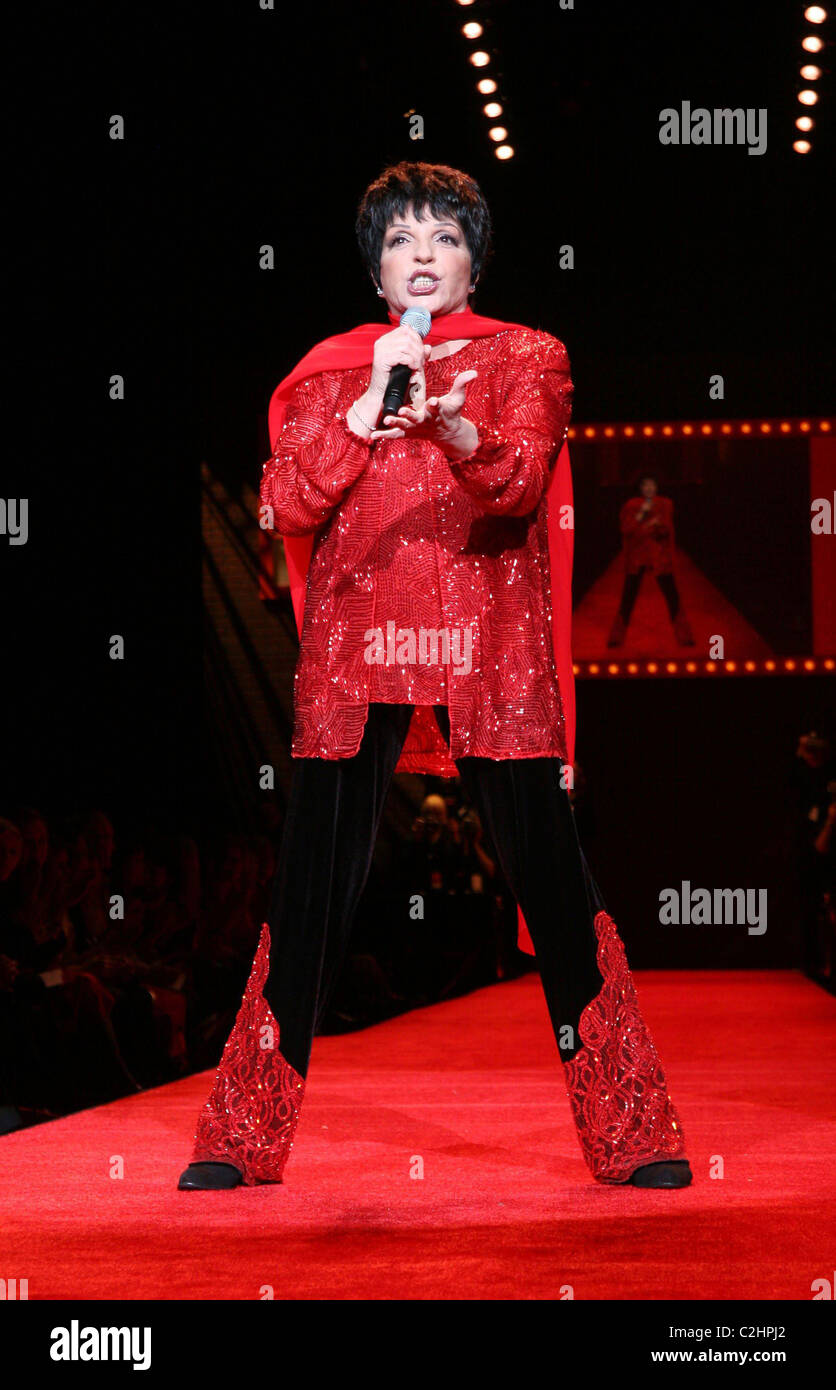Liza Minnelli is not just a legendary performer; she is also a fashion icon whose style has influenced trends and pop culture for decades. Known for her dynamic presence and unique aesthetic, Minnelli’s fashion choices have transcended generations, becoming a part of the broader cultural fabric. In this article, we’ll explore some of her most memorable fashion moments and how they have shaped pop culture.
The Early Years: A Star is Born

Liza Minnelli was born into a family of entertainers, with her mother being the illustrious Judy Garland and her father the film director Vincente Minnelli. Growing up in such a vibrant artistic environment laid the foundation for her distinctive style.
- 1960s Glamour: In the 1960s, Liza emerged as a fashion darling, known for her theatrical and bold looks. Her performances often featured elaborate costumes that combined elements of Broadway glamour with avant-garde style.
- Iconic Bob Haircut: Liza’s short, dark bob became her signature look, symbolizing her unique personality and artistic identity. This haircut made waves in fashion circles, influencing many women to adopt similar styles.
The Cabaret Era: Defining a Generation

Perhaps one of Minnelli’s most significant contributions to fashion occurred during the 1972 film “Cabaret.” Her character, Sally Bowles, became synonymous with a daring and rebellious fashion sense.
- Cabaret Costumes: The costumes designed for “Cabaret” were a mix of Weimar-era decadence and 1970s chic. From sequined dresses to tailored suits, each outfit was crafted to reflect the character’s vibrant personality. Costume designer Patricia Zipprodt played a significant role in shaping this look.
- Impact on Women’s Fashion: The film’s success led to a surge in interest in vintage styles, particularly those from the 1920s and 1930s. Women began to embrace bolder fashion choices, inspired by Minnelli’s character.
Red Carpet Royalty: The 1970s and 1980s
As Liza’s career flourished, so did her impact on red carpet fashion. The 1970s and 1980s were marked by her daring choices that often made headlines.
- Power Suits: During this era, Liza was often seen in tailored power suits that exuded confidence and sophistication. She would pair these looks with striking accessories, showcasing her ability to blend femininity with strength.
- Statement Jewelry: Liza’s choice of oversized jewelry became a trend in its own right. Chandelier earrings and bold necklaces were frequently part of her ensemble, emphasizing her theatrical flair.
The Iconic Look: “The Outfit That Stole the Show”
One of the most talked-about fashion moments for Liza came during the 1974 Academy Awards when she donned an unforgettable black-and-white ensemble.
- Black and White Aesthetic: Liza arrived in a striking black gown featuring a white cape, instantly becoming a focal point of the event. The outfit was a testament to her ability to blend classic elegance with modern style.
- Media Reaction: The outfit received widespread acclaim, with fashion critics lauding it as one of the best looks of the night. This moment solidified Liza’s status as a fashion icon on par with her talent as a performer.
Collaborations with Renowned Designers

Liza’s influence extended beyond her own wardrobe, as she collaborated with some of the most celebrated designers in the industry.
- Halston: Liza’s partnership with designer Halston in the 1970s was particularly noteworthy. Halston’s minimalist aesthetic perfectly complemented Liza’s bold persona, resulting in some iconic looks that are still referenced today.
- Jean-Paul Gaultier: In the 1980s, Liza brought her unique flair to Jean-Paul Gaultier’s avant-garde designs. This collaboration showcased her ability to embrace new trends while staying true to her theatrical roots.
Revival of Vintage Styles: The 1990s and Beyond
As fashion trends came and went, Liza remained a constant figure, often revisiting vintage styles while incorporating contemporary elements.
- 90s Glamour: In the 1990s, Liza’s looks often featured rich fabrics and intricate detailing. She embraced a more mature aesthetic, showcasing her evolution as both an artist and a fashion icon.
- Influence on Drag Culture: Liza’s theatrical style has had a profound impact on drag culture, with many drag performers drawing inspiration from her iconic looks. This influence continues to shape performances and fashion within the LGBTQ+ community.
The Legacy of Liza’s Fashion Moments

Liza Minnelli’s contributions to fashion extend far beyond her personal style; they have helped shape pop culture in significant ways.
- Fashion as Expression: Liza’s bold choices demonstrate how fashion can be a powerful form of self-expression. Her ability to merge performance and fashion has inspired countless artists to do the same.
- Inclusivity in Fashion: As a woman who has faced various challenges, Liza’s journey through the fashion world highlights the importance of inclusivity and diversity in style, encouraging individuals to embrace their unique identities.
Conclusion: Liza Minnelli’s Enduring Influence
Liza Minnelli’s fashion moments have not only defined her career but have also left an indelible mark on pop culture. From her iconic looks in “Cabaret” to her collaborations with legendary designers, Liza’s style has evolved while remaining a constant source of inspiration. Her ability to blend boldness with elegance, along with her commitment to artistic expression, has solidified her status as a true fashion icon.
As we reflect on her contributions, it’s clear that Liza Minnelli’s influence extends beyond the stage and screen; she has shaped the very fabric of pop culture and continues to inspire new generations of artists and fashion enthusiasts alike. Her legacy reminds us that fashion is not just about clothing; it’s about identity, expression, and the celebration of individuality.